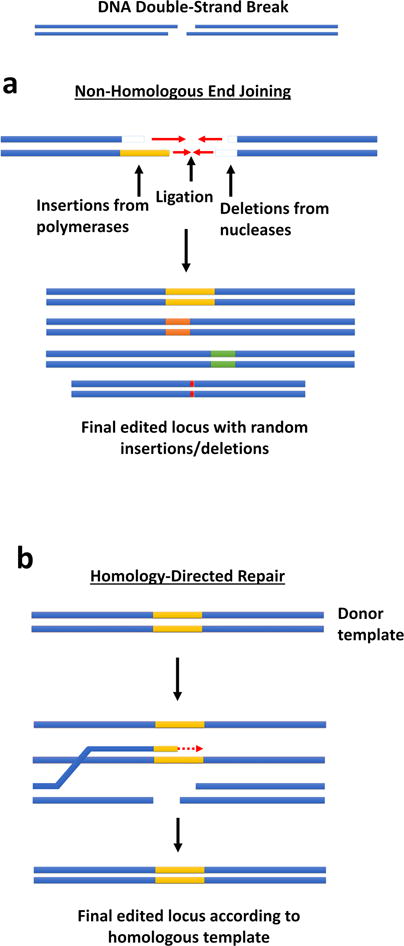Figure 1. Cellular mechanisms of DNA repair following DNA double-strand break.

When a double-strand DNA break occurs, one of two cellular mechanisms repairs the damage. (a) In non-homologous end joining (NHEJ), polymerases and nucleases clean up the damaged ends by adding or deleting small numbers of nucleotides until they can be rejoined by ligases. The final ligated product contains small insertions or deletions (indels) at the damage site, often resulting in a frameshift. (b) In homology-directed repair (HDR), the 3’ overhang strand at a site of DNA damage can displace a strand in a separate DNA duplex with homology to that strand (a donor template). Polymerases extend the damaged end according to the homologous template DNA duplex, and the strand either returns to its original complementary strand, annealing to the other original damaged end; or the donor template strand and the previously damaged strand can undergo complete crossover and recombination. Either option results in a repaired strand.
